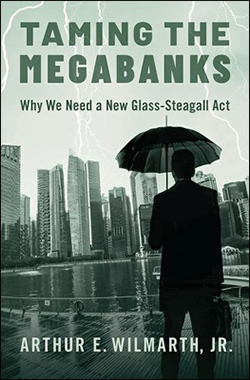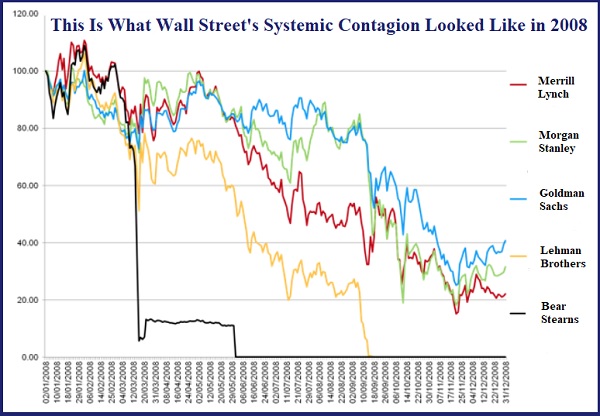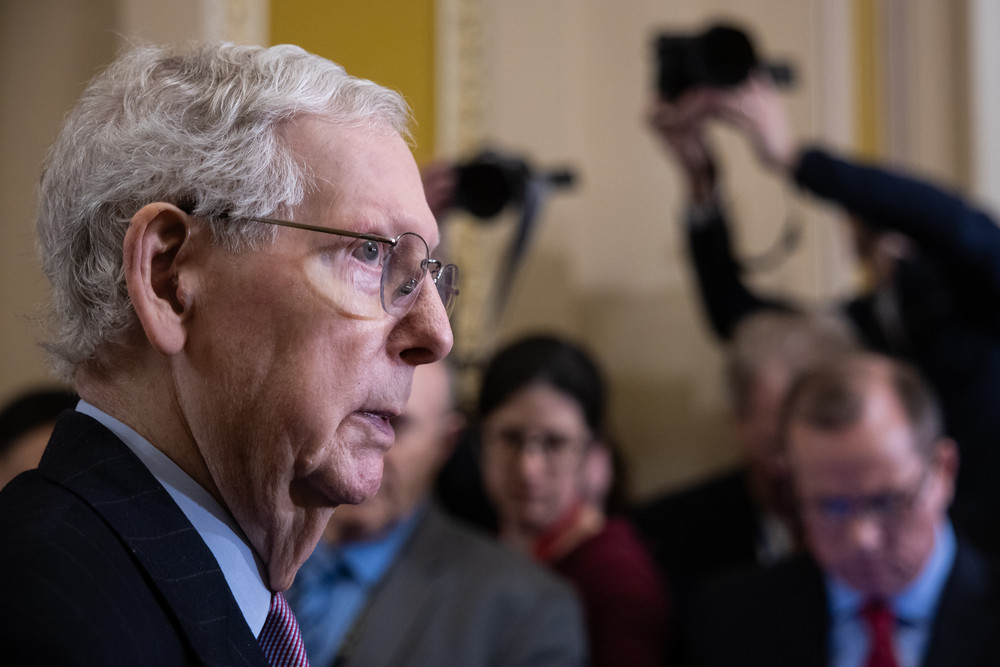Wouldn’t it be convenient if the courts were the catalyst for keeping Donald Trump from ever setting foot inside the White House again? But here’s a reality check: The courts, including the Supreme Court, are not likely to be democracy’s savior. The hard work of keeping the American system of government alive and thriving is up to the voting public. The American people must vote in overwhelming numbers if the now far right-wing Republican Party is to be denied a return to presidential power.
It is as simple as that. And as complicated.
This truth was rammed home again on Wednesday when the Supreme Court agreed to hear Donald Trump’s appeal of total immunity while in office, further delaying his prosecution for insurrection. What seems elementary to those of us who watched in horror as rioters stormed the Capitol on January 6, 2021, apparently takes a months-long “big think” from the high court. Simply hearing the appeal will push a trial closer to the election, or possibly past it. Hard as it is to accept, prosecuting the person the government believes responsible for insurrectionists forcing their way into the Capitol that day might never happen.
The fact that the Supreme Court is even considering this case is horrific. The New York Times has already pointed out, “Nothing in the Constitution or federal statutes says that sitting presidents are immune from prosecution, and no court has ruled that they have any such shield.” Constitutional law expert David Schultz argues that our Founding Fathers were concerned that a president should not be above the law.
“We have language from some framers [of the Constitution] indicating … once they’ve left office there's no immunity and they could be charged with the crime,” he told ABC News.
There should be no question whether a president — any president — is above the law; however, the Supreme Court’s actions yesterday suggest they believe otherwise. Now, who among us still believes that the country can count on a Supreme Court packed with Trump’s appointees to save American democracy?
The presidential election is 250 days from today. Public opinion polls remind all that Trump, at this point, has a good chance of winning. Unless there is a groundswell of exceptionally heavy voter turnout. That means if Democrats want to win, they must redouble mobilizing, volunteering, knocking on doors, registering, and helping others register in time to vote on November 5. Anyone and everyone can make a difference. For Democrats and others who oppose autocratic rule, complacency and apathy are the enemy. The headline bears repeating: Democracy is not a spectator sport. Watching the political news coverage and perhaps voting when Election Day comes is not enough.
In 2020, 69 percent of eligible voters cast ballots, the highest voter turnout in a modern national election. While that is a considerable achievement, still 31 percent chose to stay home. To have a large turnout, voters need to be motivated to cast a ballot for a candidate or at the very least against one.
Anyone seeking to beat back a return to Trumpism must ensure that friends and family understand fundamental freedoms are at stake. One candidate promises a dictatorship on day one, pledges revenge on his opponents, cozies up to America’s enemies, is under dozens of criminal indictments, and vows to bring forth a religious theocracy that will reach into our bedrooms and our medical institutions to restrict basic fundamental rights, to control what people do with their own bodies.
How about policy debates? In every presidential election during my lifetime, there have been plenty of them. Not this year. It’s like paramedics arriving at a car accident and giving them the choice of treating the victims immediately or remaining in the ambulance debating the merits of emergency medicine. Treat the victims immediately! Save democracy now! That, metaphorically, is where we are. This is a 68-car pileup about to happen, and some in the media just want to discuss auto safety.
America has faced existential crises in the past. I vividly remember covering the Civil Rights Movement and seeing sights in America that I didn’t want to believe were real. But the country finally faced up to some of it and came out on the other side stronger for it. By no means perfectly but better.
I would suggest we stop wringing our hands and wishing there were other choices. This is our reality. Biden versus Trump. It is not biased to say that right now is the time to face that reality. There are two main candidates for president. Short of divine intervention — or something close to that — one of them will be sworn in on January 20, 2025. The Supreme Court’s latest boost for candidate Trump is just another reminder that the only way to ensure his defeat is at the polls with record voter turnout.
Note: If you support independent journalism bringing you critical information when the corporate media fails us, please consider joining as a supporting member. It allows me to keep critical pieces like this free for those who cannot afford it, in an election season where we need everyone to see it. Thank you.








